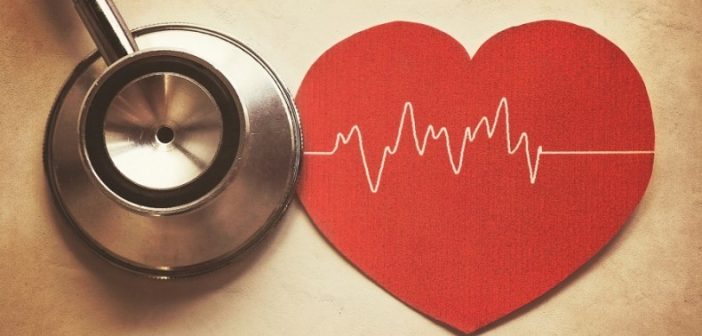Although many people don’t realize it, teen depression is an epidemic. Adults tend to think of depression as a condition delegated to, well, adults. After all, what hardships would a teen possibly be going through? The harsh reality is, there are plenty of hardships teens could be going through at any given time.
Teens are learning who they are as individuals, figuring out where they fit into the world. The pressure to be socially ahead, to get good grades, to choose a career path, and to lead a good reputation, can instill plenty of pressure.
According to Suicide.org, a teen takes their own life every 100 minutes, and is the third leading cause of death in those aged 15 to 24. Three million teens have had at least one major depressive episode in the past year, and one in five teens experience depression before they reach adulthood.
It doesn’t help that today’s teens are more connected to their smartphone devices than ever. Unfortunately, studies have linked smartphone usage to teen depression. The rise of cell phone adoption and social media correlates with the increase in depressive symptoms found in teens between 2010 and 2015. Simply put, teens are spending too much time on social media, glued to their handheld devices. Those digital conquests can result in worsening mental health.
Now, researchers are looking for ways to bridge the gap between cell phones and mental health. And one way they’re achieving this is by developing smartphone technology that would be able or predict depression and self-harm. Using artificial intelligence, they hope to develop depression-detecting apps that could curb some of the scary statistics surrounding teen depression. These applications would function as mental health detectors.
Typically, teens don’t receive proper teen depression treatment until they’re in crisis mode. App developers hope that with the right technology, they can implement a preventative tool that addresses potential issues before a problem accelerates. If successful, these smartphones would be able to send automated text messages with resources to help quickly intervene. It would also be able to send notifications doctors, first responders, and parents.
Researchers and their smartphone applications aren’t the first forage into technological depression detection. Multiple people have turned to Facebook Live to broadcast suicide or suicide attempts—a phenomenon that the social media network has taken steps to change.
Last year, a 14-year old girl hung herself at a foster home, and a young Turkish man committed suicide after stating that no one believe him when he said he would. Both incidents were broadcasted live. And although there are only a handful of known suicides broadcast on Facebook, the company declined to comment on actual numbers.
As a result, Facebook has announced that it has begun integrating suicide prevention tools into their Facebook Live platform. “There have been terribly tragic events — like suicides, some live streamed — that perhaps could have been prevented if someone had realized what was happening and reported them sooner,” Facebook CEO Mark Zuckerberg wrote.
Like the smartphone apps in develop, it utilizes artificial intelligence to identify warning signs of suicide and self-harm attempts. Live support from crisis organizations like the National Suicide Prevention Lifeline and the Crisis Text Line will be available through Facebook messenger.
“Unfortunately we have now seen a growing series of young people and adults committing suicide and showing this on Facebook Live,” says Nadine Kaslow, the former president of the American Psychological Association. “There always has been this concern: Will something like this cause an epidemic or rash?” she said. “The answer is: We don’t know yet.”
A current study underway at Stanford University is testing a mobile application among a group of 200 teens. The app asks questions about their behavior and mood several times per week. Another app is being tested at the University of California, Los Angeles. One of the participants in that study, Alyssa Lizarraga, said that she frequently found herself comparing her life to those of others online. Like many others, she believes that the smartphone approach could help with early depression detection.
Another study at the University of Illinois’ Chicago is taking the crowdsourcing approach to finding participants for their application study. The app, called BiAffect, is free to download and participate, and so far, 2,000 teens have signed up. Each participant understands and agrees to let a team of qualified researchers monitor their meta data and mobile behavior, analyzing factors like typing behaviors.
And finally, two health tech divisions at Google, called Mindstrong and Verily, are exploring their own experimental apps.




